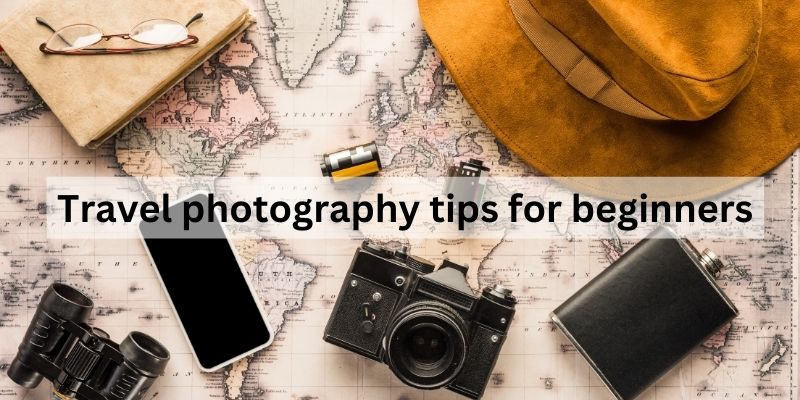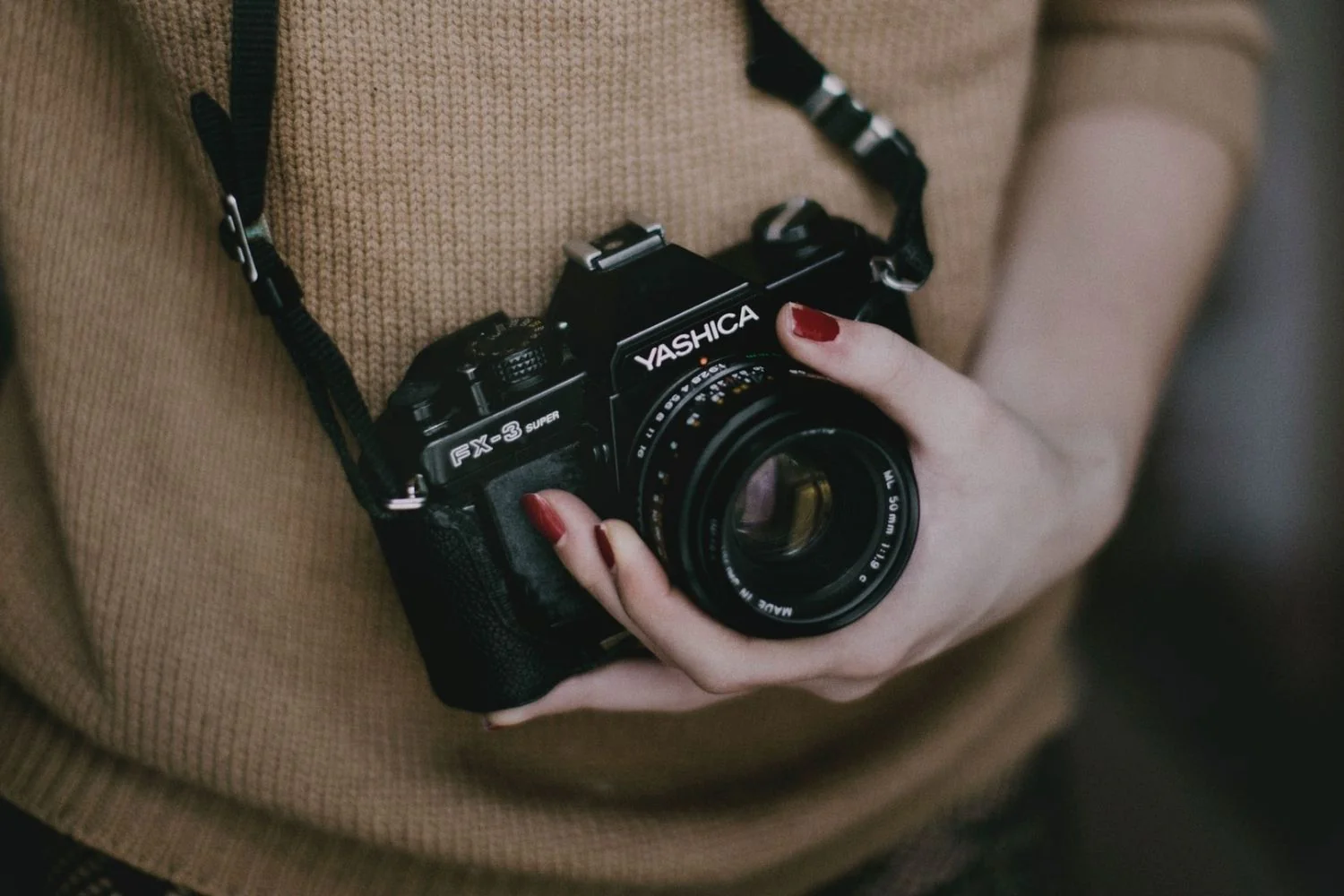Travel photography is a great way to capture memories of your adventures and share them with others. But For Travel Photos you will need to have Travel photography gear With You.
Whether you’re exploring a new city, hiking in the mountains, or relaxing on the beach, there are plenty of opportunities for great photography. In this article, we will provide some travel photos to help you get started.
1. Plan ahead
Planning ahead is an important aspect of travel photography. This includes doing research on your destination, identifying popular sights and attractions, and lesser-known places worth seeing. Planning ahead will determine the type of photography you want to take and what equipment you will need. To plan, find your goal. Search for information online including travel guides, blogs, and social media platforms to understand a place’s culture, history, and attractions. This will help you identify the most photogenic locations and events to shoot.Identify popular landmarks and attractions in the area. This includes beautiful buildings, monuments, parks and museums. Find out the best time to visit these places and any fees or restrictions that may apply. You can also search for lesser known places that are worth seeing. This can include hidden spots, local markets or off-the-beaten-track neighbourhoods.
2. Use the right tools
When it comes to gear, pack the gear you need for your trip. This will depend on the type of photography you want to do, but at the very least you’ll need a camera and a lens or two. If you shoot landscapes, a wide angle lens is a must. If you shoot portraits or wildlife, a telephoto lens may be more appropriate. Other useful items include a tripod (for steady shots), extra batteries and memory cards (you don’t want them to run out mid-trip), and a camera bag to keep everything organised.
3. Wake up at dawn
A time when you can truly appreciate the beauty of nature without any obstacles.When you start looking, you will find that the lighting is perfect for photography. The soft and warm light creates a magical atmosphere perfect for capturing stunning images. The colours are vibrant and rich, and the shadows are long and beautiful. When the sun goes down, the world comes alive. The streets began to fill with people and the sounds of daily life began to fill the air. But even though the day is getting hotter, there is a sense of calmness and relaxation that lingers since the morning. Waking up in the morning is a wonderful experience that everyone should try at least once. Whether you are a photographer who wants to capture stunning images or someone who appreciates the beauty of nature, there is something truly special about this season. So set your alarm clock, grab your camera and get ready for an unforgettable adventure.
4. Look for interesting angles
One of the keys to taking great photos is finding interesting angles and perspectives. Instead of just standing in front of the focal point and shooting, try to get down, shoot from above, or find a unique vantage point. This will make your photos stand out and more creative.
5. Use the third rule
The rule of thirds is a basic principle of composition that can help you create more interesting images. Basically, you divide the frame into thirds (horizontally and vertically) and place your subject in one of the frames. This creates a more balanced and dynamic composition if you are trying to centre your subject.
6. Pay attention to the light
Lighting is one of the most important elements of photography and can make or break a photo. When shooting outdoors, try to avoid the midday sun, which can create harsh shadows and blow out highlights. Instead, aim to shoot during the “golden hour” (one day before sunset and one hour after sunrise), when the light is softer and more pleasant. If you’re shooting indoors, look for natural light sources like windows that will give your photos a more natural feel.
7. Experiment with different settings
If you shoot with a DSLR or mirrorless camera, don’t be afraid to experiment with different settings like aperture, shutter speed, and ISO. All of these can affect the look of your photos in a number of ways. For example, a wide stop (low f-stop number) will create a depth of field that can be great for portraits. Shutter speed can create motion blur that can be used creatively in many situations.
8. Edit your photos
Finally, don’t forget to edit your photos! Even the best photographers rarely capture everything on camera. Editing software like Lightroom or Photoshop can help you adjust things like exposure, contrast, and colour balance to make your photos look their best. Be careful – a little editing goes a long way.
In conclusion
travel photography can be a fun and exciting pastime, but it requires practice and preparation. Follow these tips and if you are a beginner traveler must take all the gear with you and you’ll be able to take great photos on your next trip.



